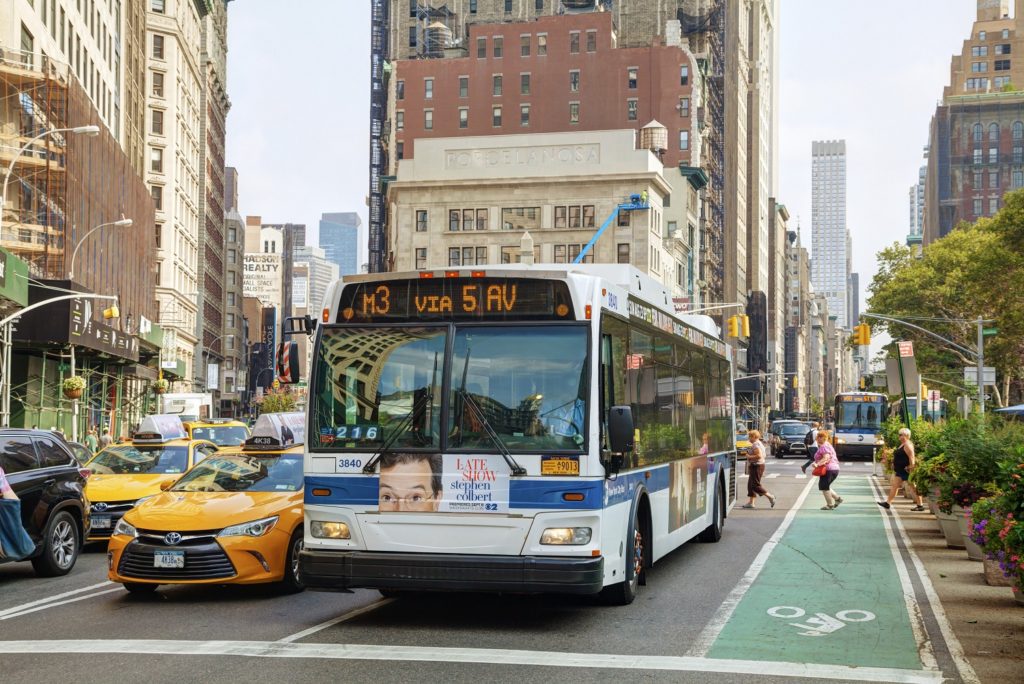
The bus and rapid transit system in New York City is one of the most extensive and heavily used in the world. The system is operated by the Metropolitan Transportation Authority (MTA) and includes buses, subways, and commuter rail lines. The system serves the five boroughs of New York City – Brooklyn, Queens, Manhattan, the Bronx, and Staten Island – as well as parts of the surrounding metropolitan area.
The bus system in New York City is one of the largest in the United States, with over 4,000 buses operating on 365 routes. The buses serve all five boroughs of the city, with a large number of routes running through Manhattan. The buses are operated by the MTA Bus Company, which is a subsidiary of the MTA. The bus system is a vital part of the city’s transportation network, providing service to areas that are not served by the subway system, such as the outer boroughs and suburban areas. The buses also provide connections to subway and commuter rail lines, making it easy for riders to make connections between different modes of transportation.
The subway system in New York City is the largest in the United States, with over 400 stations and 26 subway lines. The subway system serves all five boroughs of the city, with the majority of subway lines running through Manhattan. The subway system is operated by the New York City Transit Authority, which is also a subsidiary of the MTA. The subway system is a vital part of the city’s transportation network, providing service to areas that are not served by the bus system, such as the inner city and densely populated areas. The subway system also provides connections to the bus system, making it easy for riders to make connections between different modes of transportation.
The commuter rail system in New York City is operated by the Long Island Rail Road (LIRR) and the Metro-North Railroad. The LIRR serves Long Island and parts of Queens, Brooklyn, and the Bronx, while the Metro-North Railroad serves parts of the Bronx, Westchester County, and Connecticut. The commuter rail system provides service to areas outside of the city, making it easy for riders to travel to and from the city for work or leisure. The commuter rail system also provides connections to the subway and bus systems, making it easy for riders to make connections between different modes of transportation.
The bus and rapid transit system in New York City is heavily used by riders. In 2019, the bus system had an average weekday ridership of 2.5 million people. The subway system had an average weekday ridership of 5.6 million people. The commuter rail system had an average weekday ridership of 316,000 people on the LIRR and 288,000 people on the Metro-North Railroad. The total average weekday ridership for all modes of transportation was 8.6 million people.
The bus and rapid transit system in New York City is essential for the city’s residents and visitors. The system provides reliable and efficient transportation for people of all ages and backgrounds. The system is also a vital part of the city’s economy, as it helps to keep people and goods moving throughout the city. The system is constantly being updated and expanded to meet the growing needs of the city’s population. The ridership numbers show the importance of this system in the daily lives of New Yorkers, as it is one of the most heavily used in the world.
In conclusion, the bus and rapid transit system in New York City is one of the most extensive and heavily used in the world. The system is operated by the Metropolitan Transportation Authority (MTA) and includes buses, subways, and commuter rail lines.
